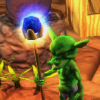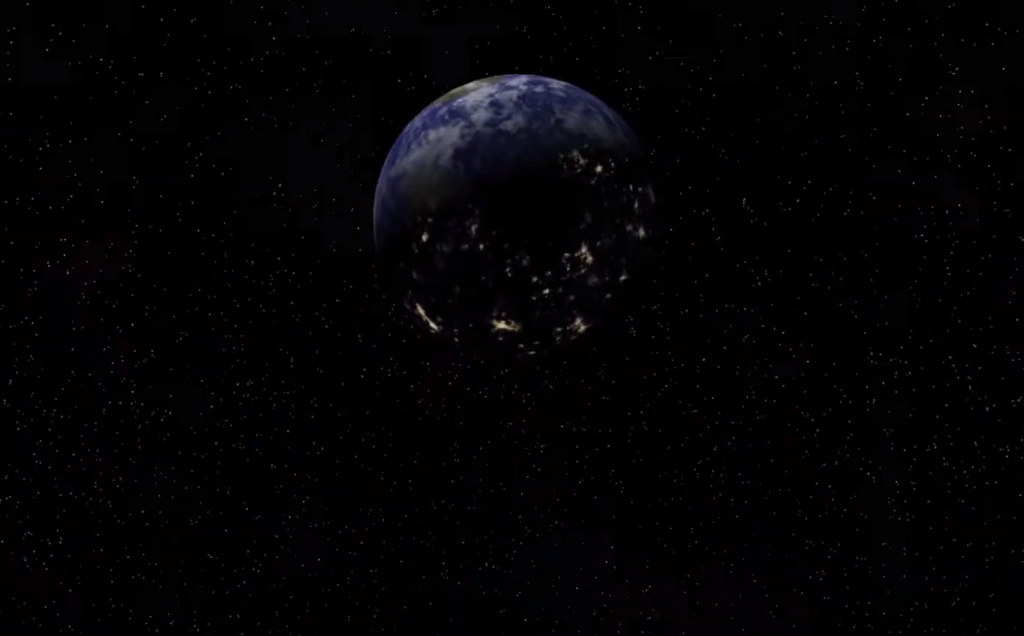So I'm still new to game development but have come a long ways since I started. One thing I've been putting off while learning how to program is the creation of art assets of my games. I've attempted to create the outdoor environments but they always turn out not great. I've been making them in the style of early 3D no texture but vertex colored just so I can concentrate on the modeling aspect and putting everything together.
What are the methods used to create an outdoor scene? My game is going to be a bit like Everquest was in that the open world is split up into zones. So the zones are not huge but big enough so that it takes like ~3-5 minutes to get from one end to the next. The one I'm trying to make is a forest surrounded by natural barriers (mountains or cliffs) with a cave entrance that leads to another zone. I wanted a stream or water source of some kind in the area too.
How do I make convincing hills, streams, cliffs for a first person view?
One of the big questions I ask myself is how I can make a decent forest area. How many variations of trees should I have? When I add them in, should I just randomly rotate and scale them so that it looks semi realistic? I'm always trying to make trees in a way that it blocks out the sky, but that never really works out.
FYI, how I make the level goes like this:
I start out with a plane, subdivide it a couple of times and move vertex points around to try and make convincing land area. Not sure if I should be separating the planes for the mountains, forest floor, river, etc.
If you guys have any generic tips or links on how to make natural environments (like forests, deserts, mountain paths, rivers, etc) please share.
Thanks for taking the time to read my post!
Edit: Question, is there a conversion for size in Blender to meters? Maybe the problem is that I keep making the zones too small...






